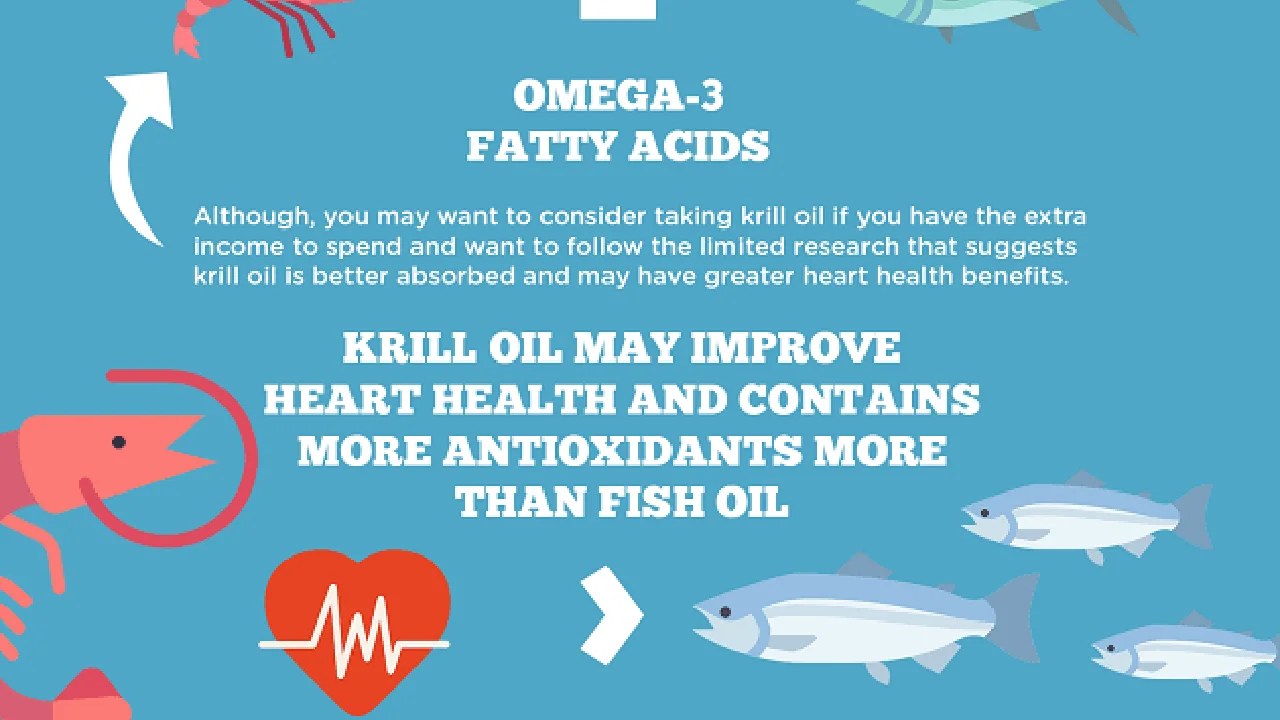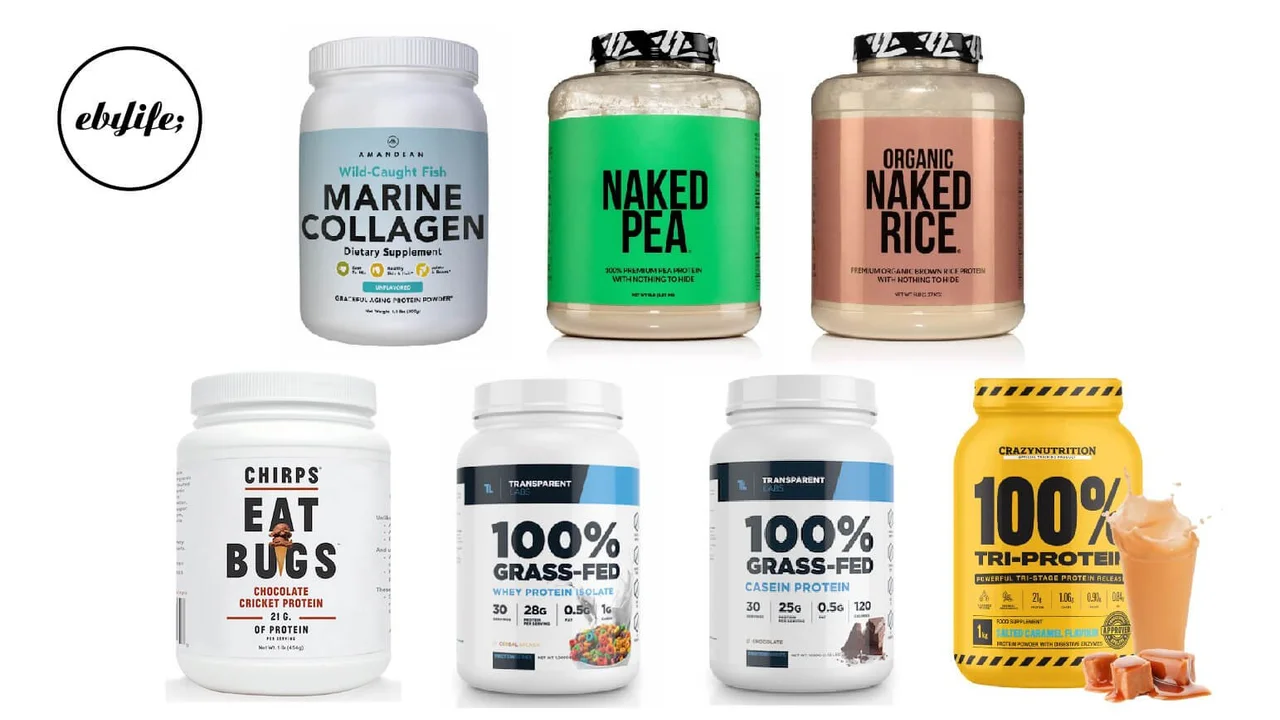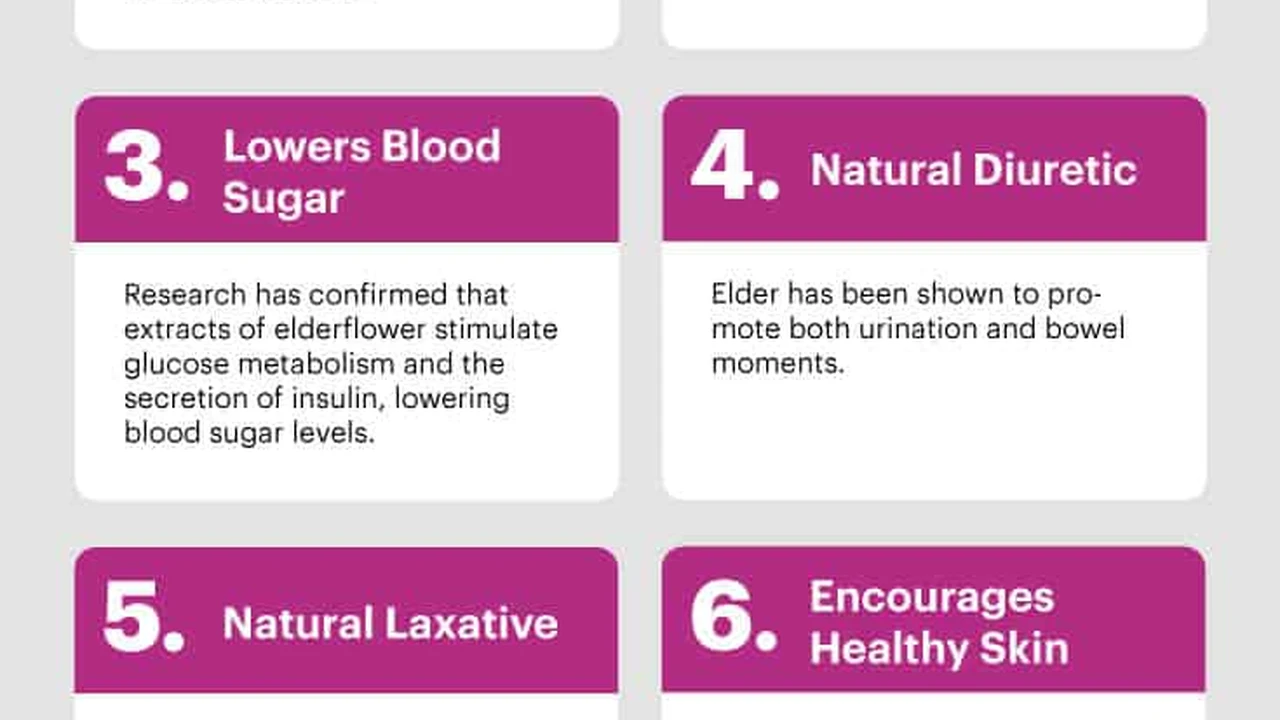Fish Oil vs. Krill Oil: Which Is Right for You?
<div class="container

Fuel your body and boost those gains with brown rice protein! If you're looking for a plant-based protein source that's gentle on the stomach, packed with amino acids, and perfect for muscle recovery, you've come to the right place. We're diving deep into the world of brown rice protein powders, exploring their benefits, potential drawbacks, and comparing some of the best products on the market. Get ready to discover your new favorite protein supplement!
Brown Rice Protein Benefits: Fueling Muscle Growth with Plant-Based Power
So, why choose brown rice protein over other plant-based or even whey protein options? Let's break down the key benefits:
- Complete Protein Source (Almost!): While brown rice protein isn't technically a "complete" protein on its own (meaning it doesn't contain all nine essential amino acids in sufficient amounts), it's very close! It's particularly strong in leucine, which is crucial for muscle protein synthesis. You can easily make it a complete protein by combining it with another plant-based source like pea protein.
- Excellent Amino Acid Profile: Brown rice protein boasts a great amino acid profile, essential for muscle repair, growth, and overall health. It's a great source of branched-chain amino acids (BCAAs) – leucine, isoleucine, and valine – which play a key role in muscle recovery after workouts.
- Easy to Digest: Compared to some other protein powders, brown rice protein is generally easier on the digestive system. It's naturally gluten-free and doesn't contain common allergens like dairy or soy. This makes it a fantastic option for people with sensitive stomachs or food intolerances.
- Vegan & Vegetarian Friendly: Obviously, this is a huge plus for anyone following a plant-based diet! Brown rice protein provides a convenient and effective way to meet your daily protein requirements without relying on animal products.
- Sustainable Choice: Brown rice is a relatively sustainable crop, requiring less water and resources compared to some other protein sources. Choosing brown rice protein can be a small but impactful step towards a more environmentally friendly lifestyle.
- Versatile and Easy to Use: You can easily incorporate brown rice protein powder into your smoothies, shakes, baked goods, and even savory dishes! It's a versatile ingredient that can add a protein boost to just about anything.
Potential Side Effects of Brown Rice Protein: What You Need to Know
While brown rice protein is generally safe and well-tolerated, there are a few potential side effects to be aware of:
- Incomplete Protein: As mentioned earlier, it's not a complete protein on its own. To ensure you're getting all the essential amino acids, consider combining it with other plant-based protein sources.
- Arsenic Levels: Rice can absorb arsenic from the soil. Look for brands that test their products for arsenic and ensure they meet safety standards. Choose brands that are transparent about their testing processes.
- Taste and Texture: Some people find the taste and texture of brown rice protein to be a bit grainy or earthy. Experiment with different flavors and blending techniques to find what works best for you.
- Digestive Issues (Rare): While less common, some individuals may experience mild digestive issues like bloating or gas when first starting to use brown rice protein. Start with a small dose and gradually increase it as your body adjusts.
How to Use Brown Rice Protein for Optimal Muscle Recovery
To maximize the benefits of brown rice protein for muscle growth and recovery, consider these tips:
- Post-Workout Shake: The most common and effective way to use brown rice protein is in a post-workout shake. Blend it with fruits, vegetables, healthy fats, and other protein sources for a complete and delicious recovery drink.
- Smoothie Booster: Add a scoop of brown rice protein to your morning smoothie for a protein boost that will keep you feeling full and energized throughout the day.
- Baking Ingredient: Incorporate brown rice protein into your baked goods like muffins, pancakes, and protein bars. This is a great way to add extra protein to your diet without even noticing it.
- Combine with Other Plant Proteins: For a complete amino acid profile, blend brown rice protein with pea protein, chia seeds, or other plant-based protein sources.
- Experiment with Flavors: Brown rice protein comes in various flavors like chocolate, vanilla, and unflavored. Find the flavor that you enjoy the most and experiment with different recipes.
Top 5 Brown Rice Protein Powders: A Detailed Comparison
Alright, let's get to the good stuff! Here are our top 5 brown rice protein powder picks, based on taste, texture, amino acid profile, price, and overall quality:
-
Growing Naturals Brown Rice Protein: The Organic and Sprouted Option
Description: Growing Naturals is a popular brand known for its high-quality, organic, and sprouted brown rice protein. Sprouting increases the bioavailability of nutrients and can improve digestibility. This product is also gluten-free, vegan, and tested for heavy metals.
Taste & Texture: The taste is relatively neutral, making it easy to blend with other ingredients. The texture is slightly smoother than some other brown rice protein powders.
Amino Acid Profile: A good source of BCAAs, although not a complete protein on its own. Consider combining it with another protein source.
Usage: Ideal for post-workout shakes, smoothies, and baking.
Price: Approximately $35 - $40 per 2-pound container.
-
Nutribiotic Rice Protein: The Budget-Friendly Choice
Description: Nutribiotic offers a simple and affordable brown rice protein powder. It's a good option for those looking for a basic, unflavored protein supplement without any added ingredients.
Taste & Texture: The taste is quite neutral, but the texture can be a bit grainy. Blending it well is key.
Amino Acid Profile: Decent amino acid profile, but needs to be combined with other protein sources to be considered complete.
Usage: Best for smoothies and shakes where the flavor can be masked.
Price: Approximately $20 - $25 per 3-pound container.
-
Garden of Life Raw Organic Protein & Greens: The All-in-One Superfood Blend
Description: Garden of Life's Raw Organic Protein & Greens combines brown rice protein with other plant-based proteins, greens, and probiotics for a comprehensive nutritional boost. It's a great option for those looking for a convenient all-in-one supplement.
Taste & Texture: The taste is a blend of earthy and slightly sweet, thanks to the added greens. The texture is smooth and creamy.
Amino Acid Profile: Excellent amino acid profile due to the combination of different protein sources.
Usage: Perfect for post-workout recovery, meal replacements, and adding a boost of nutrients to your daily routine.
Price: Approximately $45 - $50 per 20-serving container.
-
NOW Sports Pea Protein: A Complementary Protein Source
Description: While technically not a brown rice protein powder, NOW Sports Pea Protein is an excellent option to combine with brown rice protein to create a complete protein source. It's also unflavored, making it easy to mix with other ingredients.
Taste & Texture: Mild, slightly earthy taste and a smooth texture.
Amino Acid Profile: Excellent source of lysine, an essential amino acid that is lower in brown rice protein.
Usage: Blend with brown rice protein in smoothies, shakes, or baked goods.
Price: Approximately $25 - $30 per 2-pound container.
-
Orgain Organic Plant Based Protein Powder: The Deliciously Flavored Option
Description: Orgain's Organic Plant Based Protein Powder is known for its delicious flavors and smooth texture. It's a blend of brown rice protein, pea protein, and chia seeds, providing a complete amino acid profile and added fiber.
Taste & Texture: Available in a variety of delicious flavors like chocolate fudge and vanilla bean. The texture is incredibly smooth and creamy.
Amino Acid Profile: Complete amino acid profile due to the blend of different protein sources.
Usage: Great for smoothies, shakes, and even as a healthy snack.
Price: Approximately $30 - $35 per 2-pound container.
Brown Rice Protein vs. Other Protein Powders: Making the Right Choice
How does brown rice protein stack up against other popular protein powders?
- Brown Rice Protein vs. Whey Protein: Whey protein is a complete protein source derived from dairy. It's generally faster-digesting than brown rice protein and is often considered the gold standard for muscle recovery. However, it's not suitable for vegans or those with dairy sensitivities. Brown rice protein is a plant-based alternative that's slower-digesting and may be gentler on the stomach.
- Brown Rice Protein vs. Soy Protein: Soy protein is another complete plant-based protein source. It's often more affordable than brown rice protein but can be an allergen for some individuals. Brown rice protein is a good alternative for those with soy sensitivities.
- Brown Rice Protein vs. Pea Protein: Pea protein is a highly digestible plant-based protein source that's rich in lysine. It's often combined with brown rice protein to create a complete protein profile.
- Brown Rice Protein vs. Hemp Protein: Hemp protein is a good source of omega-3 fatty acids and fiber, in addition to protein. However, it's not a complete protein and has a slightly earthy taste.
Final Thoughts on Brown Rice Protein Powders
Brown rice protein is a fantastic plant-based protein option for anyone looking to support muscle growth, improve recovery, and meet their daily protein requirements. While it's not a complete protein on its own, it can easily be combined with other protein sources to create a balanced and effective supplement. Remember to choose high-quality brands that test for heavy metals and prioritize organic ingredients whenever possible. Experiment with different flavors and recipes to find what works best for you, and enjoy the benefits of this versatile and sustainable protein source!
:max_bytes(150000):strip_icc()/277019-baked-pork-chops-with-cream-of-mushroom-soup-DDMFS-beauty-4x3-BG-7505-5762b731cf30447d9cbbbbbf387beafa.jpg)






